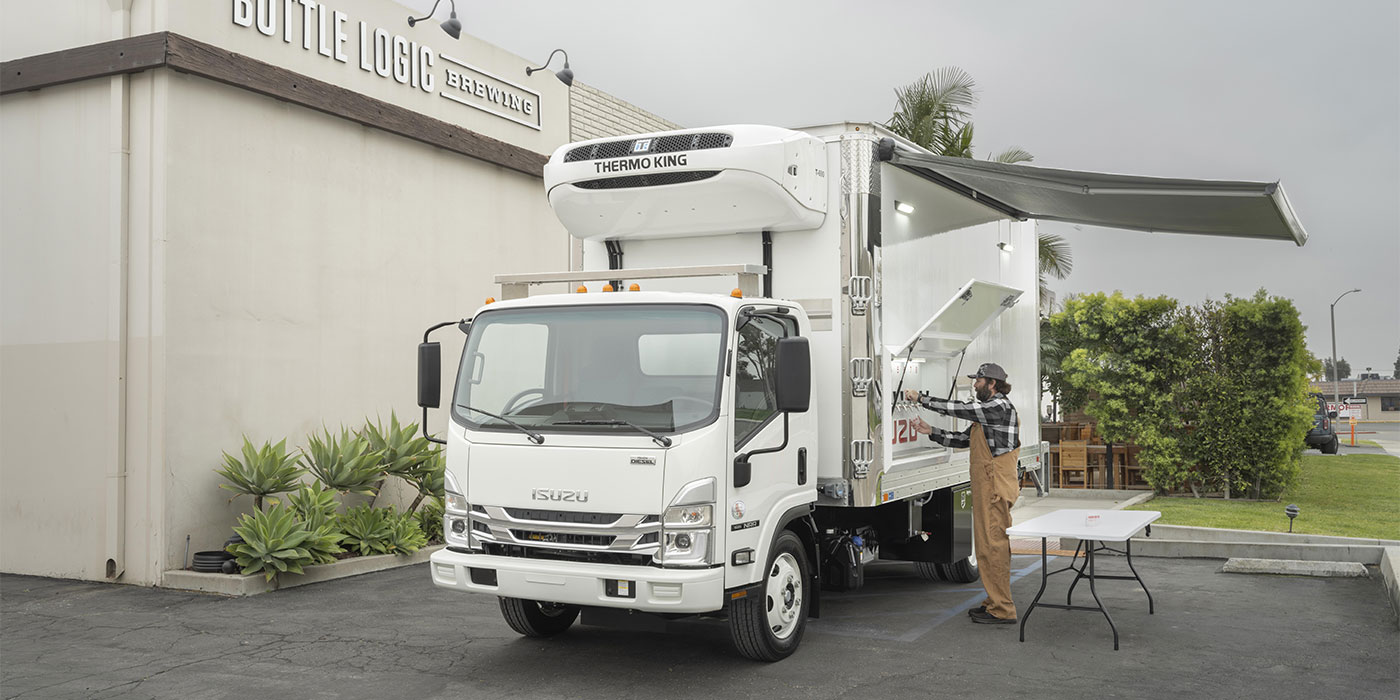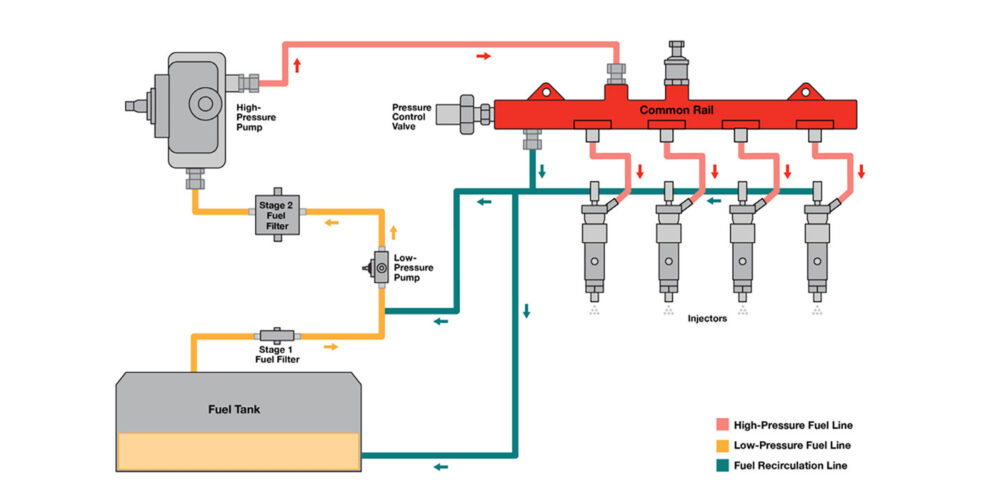Summer is always the worst time of the year for potential tire issues. There are more tire debris found on the interstate highways in the summer than any other time. A serious problem can develop when a truck or car runs over these road tire “alligators,” which can cause damage to vehicles and can lead to an accident.
So what is the correlation with commercial truck tires running in the summer? A tire’s worst enemy is heat. Heat for tires has the same effect as kryptonite does for Superman. Tires are built with a wide range of rubber compounds. There are sidewall, tread, casing, and even bead area compounds. These compounds can each have up to 15 different ingredients. When a rubber-based compound reaches a critical temperature around 200˚ F to 210˚ F, the rubber will begin to deteriorate and can lead to a tire separation.
Tires are designed to run under a wide range of conditions. High speeds, heavy loads, lots of turning, and even hitting curbs can be expected to occur on a daily basis. The secret to success is to keep tires running cool all the time. Let’s take a look at what contributes to a tire running “hot.” A new tire with full tread depth will generate more heat than a worn tire with 2 or 4/32-in. of tread depth remaining. The best way to think about this is to use a racing analogy. NASCAR race tires have no tread design, they are all racing “slicks” with very little tread rubber. These race tires generate so much heat at those high racing speeds that if they have even 2/32-in. or 3/32-in. of tread depth, they would fail during the first lap.
Air is what carries the load, so the best way to keep the tire running cool is to set and maintain the tire pressure at the recommended fleet specification. This pressure specification is based on the worst case load scenario. Every tire company publishes a load/inflation table, which states the cold pressure at which the tire should be running.
When a tire runs underinflated, excessive heat will be generated. This is because the tire footprint length becomes elongated at low tire pressures, resulting in more rubber being on the road, which generates more heat. There is 18% more rubber on the road when a tire has only 70 PSI versus an initial 100 PSI, which is a very common pressure spec for many fleets. In addition, the tire sidewall will have additional flexing, which also contributes to extra heat buildup in the tire. The longer tire footprint associated with underinflated tires (more rubber on the road) is why the tire rolling resistance increases. High rolling resistance adversely affects vehicle fuel economy.
Over the years there have been several industry studies that have revealed that tire road debris is primarily due to tire underinflation. Tires running at 75 MPH versus 55 MPH will generate extra heat. The worst case scenario for tire heat is running at 75 MPH, overloaded, 100˚ F ambient temperature and low tire pressure. When this scenario occurs, tires will eventually separate, potentially leading to a tire failure and a very expensive emergency roadside service call. And of course, safety issues come into play when a vehicle is stranded on the side of the road.
Working with your tire professional to optimize your tire program will help reduce tire failures, maximize fuel economy and tire removal miles, and minimize tire heat. Many fleets try to install new tires with full tread depth in the winter, when they want to maximize traction and do not have to worry about the high ambient outside temperatures. By the time July rolls around, the tread depth is worn down and the tire generates a lot less heat, even with the high ambient temperatures.
With tire prices continuing to escalate due to the high cost of raw materials, it is critical for your fleet’s success to develop a serious tire program that involves inspecting tires on a regular basis. Technicians and drivers all need to play a role. Drivers are the early warning system when it comes to recognizing tires with early signs of irregular wear. If the irregular wear is due to vehicle misalignment and caught early by the driver or mechanic, the vehicle can be brought back into proper alignment and the tires can still reach their target removal mileage.
Being proactive with your tires and your tire program will be a win-win for your company’s bottom line.













